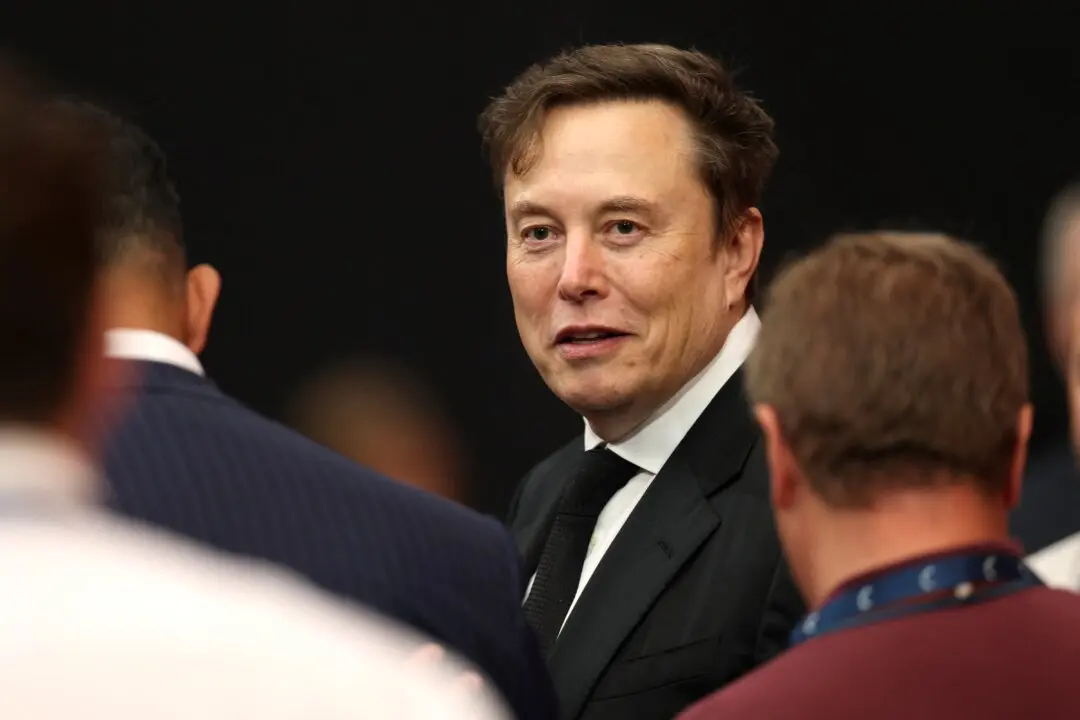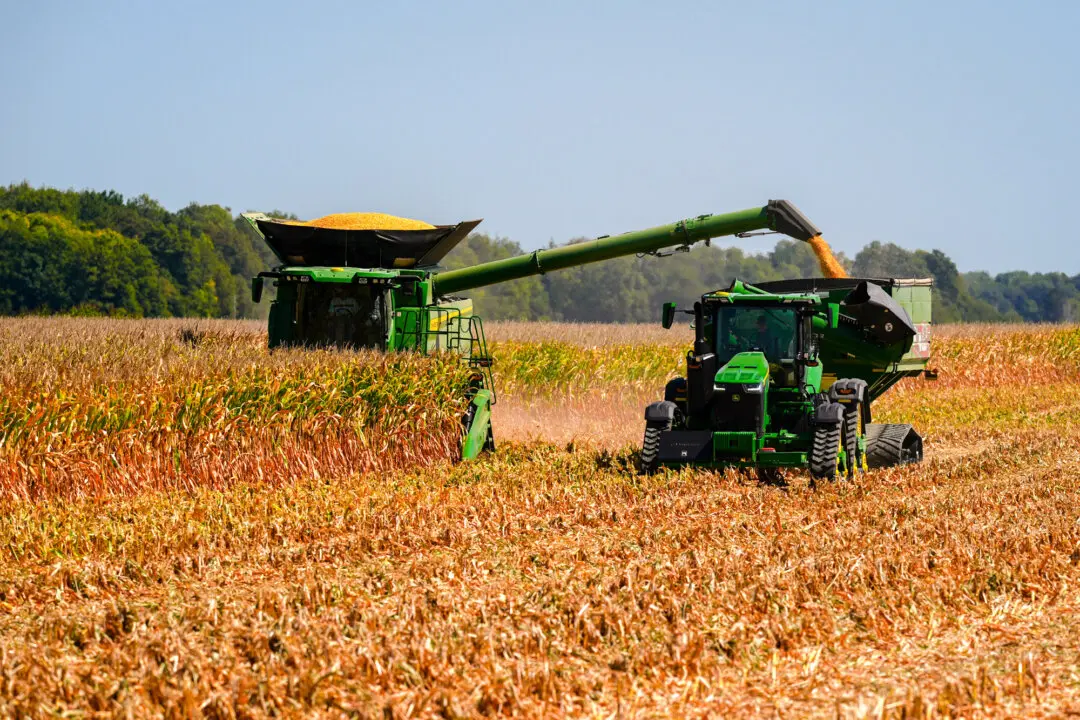A man in India reportedly cast a vote for the wrong political party and in an emotional fit chopped off his own finger.
Pawan Kumar, a 25-year-old villager from Abdullapur Hulaspur, was reported by India Today as having accidentally pressed the wrong button at a polling station. He cast his vote on Thursday, April 18, in Bulandshahr, in the second phase of India’s massive, staggered election.





